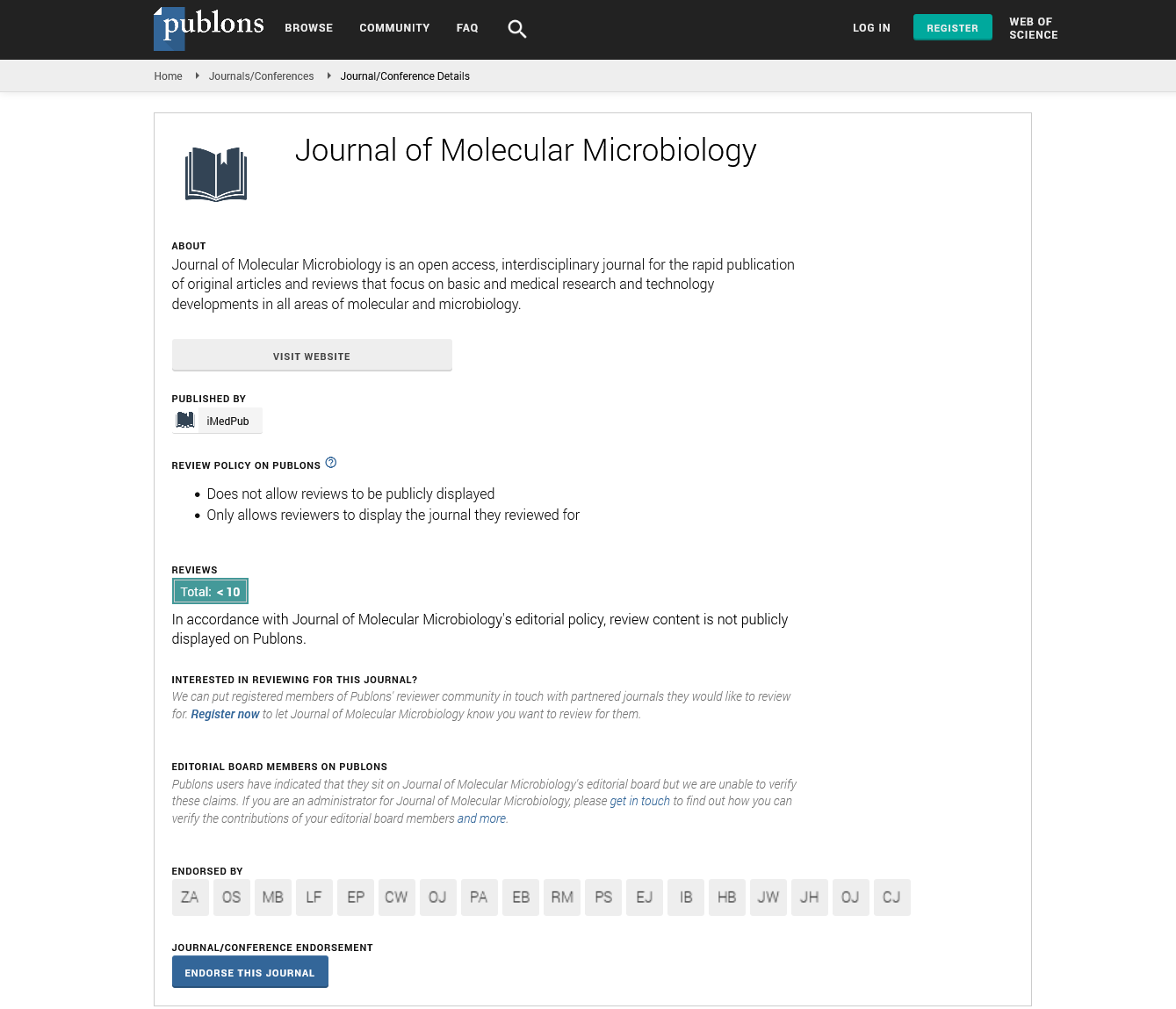Abstract
Hospital-acquired infections in Ukraine
Introduction: According to WHO, approximately 15.0% of all hospitalized patients suffer from Hospital-Acquired Infection (HAIs). Data from USA and Europe show 1,3% to 2,03% cases of HAIs in hospitalized patients. In Ukraine - 5-7.000 proven cases of HAIs and 500.000 unregistered cases per year. One of the methods to prevent HAIs is control strategy in Intensive care unit (ICU), where last-line antibiotics are currently used.
Objective: To define spectrum of microbial flora and antimicrobial sensitivity of HAIs in some ICU in Lviv city, Ukraine.
Methods: It was investigated 124 clinical materials from 60 patients at the public hospitals in Lviv during July 2018 - May 2019. Were isolated 144 strains of pathogenes. HAIs was defined as infection that appeared in patient later than 48 hours after hospital admission. Causative bacterial strains were isolated and identified using bacteriological method (Mueller Hinton Agar, Blood Agar, Saburo Agar, selective & differential media CHROMID*VRE, CHROMID*MRSA SMART, CHROMID*Candida etc. (Biomerieux)) and biochemical tests MIKRO-LA-TEST NEFERMtest24, CANDIDAtest21, STAPHYtest24 etc. (ErbaLacema). Antibiotic sensitivity test was done according to Kirby-Bauer technique.
Results: HAIs structure was as follows: Staphylpcoccus lentus (17.7%), Eschrichia coli (20.2%), Klebsiella pneumoniae (9,7%), Pseudomonas aeruginosa (24.2%), Streptococcus spp. (2.4%), MRSA (3,2%), Candida albicans (8.1%). There were several types of HAIs which are rarely founded, such as Staph.simulans, Staphylococcus gallinarum, Staphylococcus haemolyticus Staphylococcus lugdunensis, Aerococcus viridans, Pragia fontium, Aeromonas ichthiosmia, Raoultella terrigena, Burkholderia pseudomallei, Macrococcus caseolyticus, Pseudomonas oryzihabitans, Pseudomonas putida, Candida dubliniensis, Candida membranifaciens, Candida glabrata. Anti-microbial sensitivity assessment showed that more than 90.0 % pathogens were multidrug resistance (MDR). 75% of strains were atypical strains (T-index ≥ 0,25).
Conclusion: In the era of antibiotics HAIs are still uncontrollable. Most cases of HAIs in Ukraine are not recognized as epidemics. More than 90.0 % pathogens are MDR and most of them are atypical strains. Diagnostic capabilities show a number of rare species of microorganisms that cause nosocomial infections. It is important to use this fact when one attempts to design prevention or control strategy to reduce HAIs either at WHO level, or at the level of local health care unit.
Author(s): Yulian Konechnyi
Abstract | PDF
Share This Article
Google Scholar citation report
Citations : 86
Journal of Molecular Microbiology received 86 citations as per Google Scholar report
Journal of Molecular Microbiology peer review process verified at publons
Abstracted/Indexed in
- Google Scholar
- Publons
Open Access Journals
- Aquaculture & Veterinary Science
- Chemistry & Chemical Sciences
- Clinical Sciences
- Engineering
- General Science
- Genetics & Molecular Biology
- Health Care & Nursing
- Immunology & Microbiology
- Materials Science
- Mathematics & Physics
- Medical Sciences
- Neurology & Psychiatry
- Oncology & Cancer Science
- Pharmaceutical Sciences
